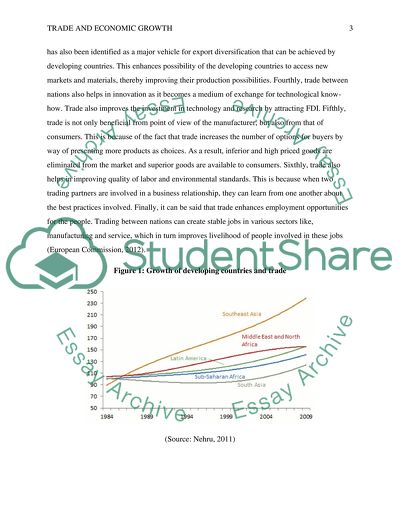Cite this document
(“Trade and economic grwoth Essay Example | Topics and Well Written Essays - 2500 words”, n.d.)
Trade and economic grwoth Essay Example | Topics and Well Written Essays - 2500 words. Retrieved from https://studentshare.org/macro-microeconomics/1647903-trade-and-economic-grwoth
Trade and economic grwoth Essay Example | Topics and Well Written Essays - 2500 words. Retrieved from https://studentshare.org/macro-microeconomics/1647903-trade-and-economic-grwoth
(Trade and Economic Grwoth Essay Example | Topics and Well Written Essays - 2500 Words)
Trade and Economic Grwoth Essay Example | Topics and Well Written Essays - 2500 Words. https://studentshare.org/macro-microeconomics/1647903-trade-and-economic-grwoth.
Trade and Economic Grwoth Essay Example | Topics and Well Written Essays - 2500 Words. https://studentshare.org/macro-microeconomics/1647903-trade-and-economic-grwoth.
“Trade and Economic Grwoth Essay Example | Topics and Well Written Essays - 2500 Words”, n.d. https://studentshare.org/macro-microeconomics/1647903-trade-and-economic-grwoth.


